What is aged tea? When tea leaves are stored for a long time, their taste becomes rich and not bitter, which is the main characteristic of aged tea. This transformation occurs because chemical compounds in the tea leaves oxidize, resulting in changes that include tea polyphenols (bitterness, acidity), amino acids (sweetness, aroma), carbohydrates (sweetness, texture), and fats (acidity). This is a complex process of change.
What types of tea can be stored as aged tea? Oolong tea and black tea are preferred choices for aged tea. Depending on the manufacturing process, both oolong tea and black tea are suitable for aging. It should be noted that lightly oxidized oolong teas, including high-mountain oolong tea and Wenshan Baozhong tea, although they have a higher degree of fermentation than green tea, their chemical composition is also prone to oxidation, leading to flavor deterioration. By the way, Dongfang Meiren (Oriental Beauty) tea can also be aged, but as time goes by, the honey aroma in the tea will gradually fade.
Tea leaves with light fermentation are less suitable – such as green tea. However, not all types of tea can be stored as aged tea. Tea leaves with lighter fermentation are not suitable for aging (except for Pu-erh tea). For example, green tea, because the chemical compounds in the leaves are less stable and prone to oxidation, resulting in flavor changes. The change in color is particularly evident, shifting from a fresh green to brown.
Is older tea better? How long does it take for tea leaves to become high-quality aged tea? There is no standard definition of how long tea should be stored to be called aged tea. When tea leaves have been stored for a period of time and the taste becomes smooth, mellow, and not bitter, it can be called aged tea. Of course, older tea is not necessarily better. To become good aged tea, it must return to the essence of the tea leaves, and good tea leaves, combined with appropriate storage conditions, can become good tea.
How to store aged tea? The most important thing is to keep it ventilated and dry. Tea leaves easily absorb moisture and deteriorate. To store aged tea, the tea leaves must be kept in a ventilated, shaded, and dry place. If the environment is relatively closed, it is recommended to ventilate regularly to prevent the tea leaves from developing a stale odor. The environment that feels comfortable for us is suitable for storing tea leaves.
Techniques for brewing aged tea revealed, 4 steps to brew a good cup
The intensity of the flavor can be adjusted according to the steeping time and the amount of tea leaves used. Only boiling water can bring out the flavor of the tea.
Step 1: Prepare a purple clay teapot (preferably under 150ml capacity) and preheat it.
Step 2: Spread the tea leaves evenly on the bottom of the teapot, add boiling water, and pour it out after 10 seconds.
Step 3: Add boiling water again, pour it out after 50 seconds, and drink.
Step 4: Repeat the brewing process at least 8 times until there is no more flavor in the tea leaves.
How is the price of aged tea calculated? Will cheap tea be fake aged tea? Aged tea generally commands a higher price due to the factor of time, and other factors include warehouse costs, processing costs (roasting), and loss costs (tea leaf breakage, moisture loss, pest invasion). Some people worry about buying fake tea. How can we distinguish between real and fake aged tea? We can make a simple judgment based on the taste and appearance of the tea leaves after brewing. For Oolong tea, genuine aged Oolong tea, even after roasting, has a sweet taste, with the tea soup being orange-yellow and clear, and the tea leaves unfurling easily with a light roasted aroma. If the tea leaves have a heavy roasted flavor and cannot unfurl after brewing, one must consider whether it is genuine aged Oolong tea. Most importantly, finding a reputable seller is essential to avoid purchasing fake aged tea.
What`s the difference between aged Oolong tea and Oolong tea with aged flavor? Aged Oolong tea is tea that has been stored for a long time. Oolong tea with aged flavor refers to fresh tea leaves roasted at a high temperature for a long time without being stored for an extended period. This tea has a heavy roasted flavor, a lighter taste, and may even cause throat discomfort.
Does aged tea need to be roasted? Aged tea does not necessarily need to be roasted. Roasting is done to reduce the moisture content in the tea, inhibit microbial growth, and remove any unwanted flavors. The roasting process must be tailored according to the characteristics of the tea leaves. Roasting is a modification process that can enhance the taste of the tea and eliminate any flavor defects.
How does aged tea taste? The most noticeable flavor change occurs between 15 and 20 years, where the tea develops a sour taste. This is mainly due to the breakdown of tea polyphenols into gallic acid and the breakdown of fats into fatty acids, which contribute to the flavor. After about 25 years, the taste transitions to ginseng and red bean aromas, with a pure and robust flavor.
The method of making Oolong tea originated from Fujian, and it has been perfected in Taiwan, with Dongding Oolong tea being the best. Puzhen Tea pursues the unique flavor of Dongding Oolong tea from that year, using mature tea leaves that have undergone sufficient fermentation and moderate roasting, achieving the unforgettable taste of Oolong tea that “the tea aroma penetrates the bone, even when thinly sliced.” This is the ultimate pursuit of tea-making craftsmanship by Puzhen Tea.
Puzhen Tea has a Tea Culture Hall in the Jhushan Industrial Park, where visitors can not only learn about the history and production process of Taiwanese tea but also experience the taste of Taiwanese tea through tea tasting sessions by appointment.

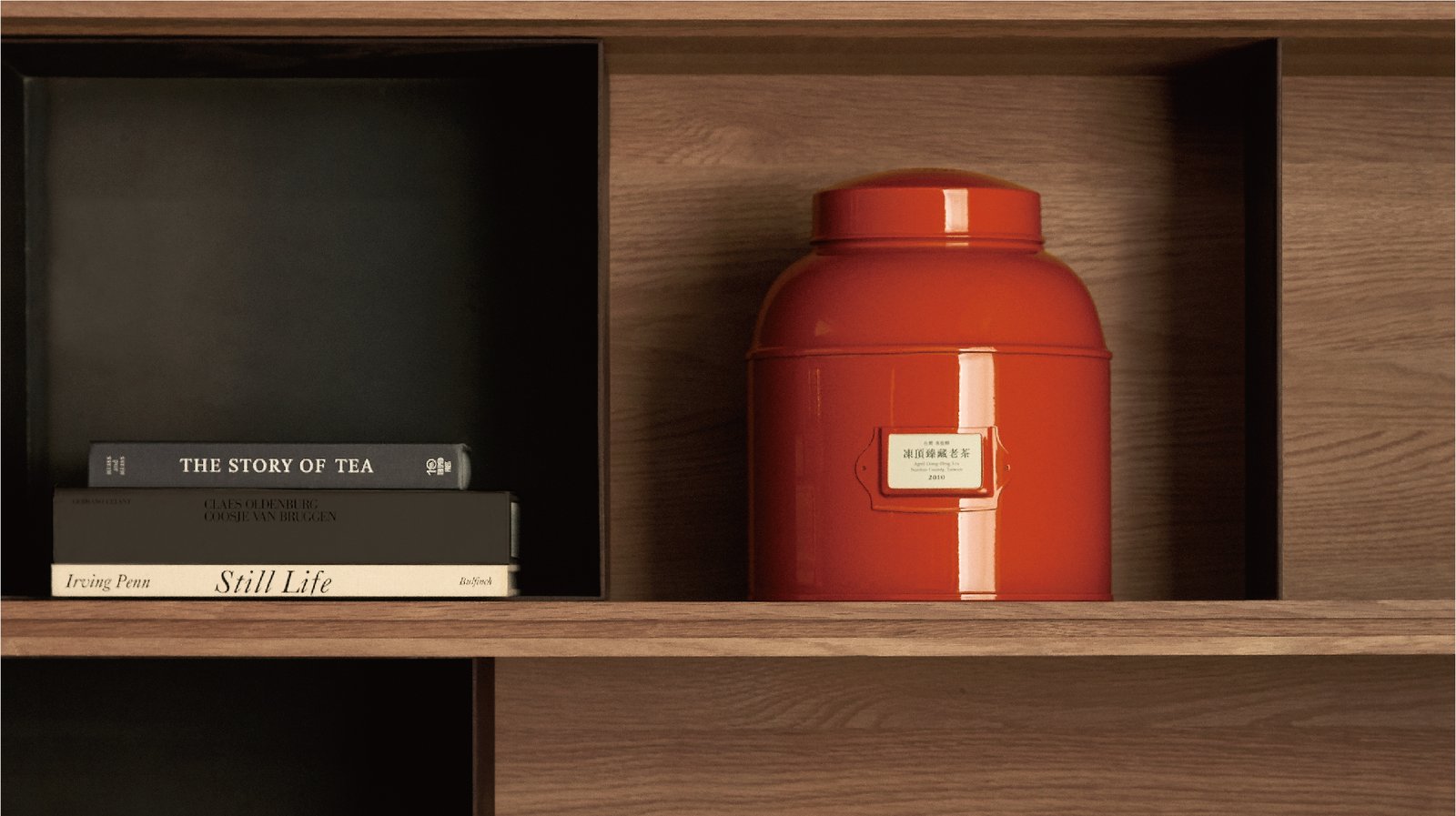

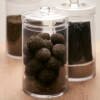
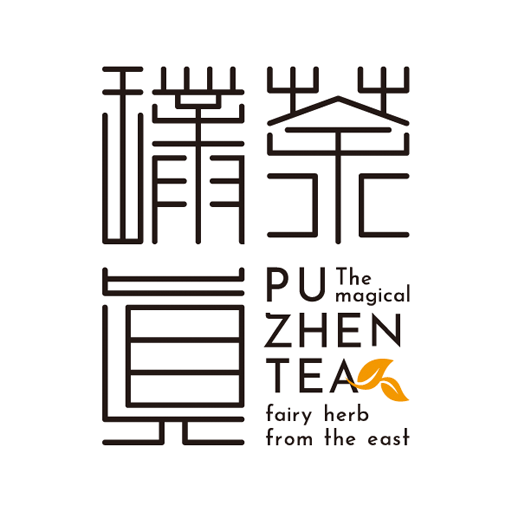
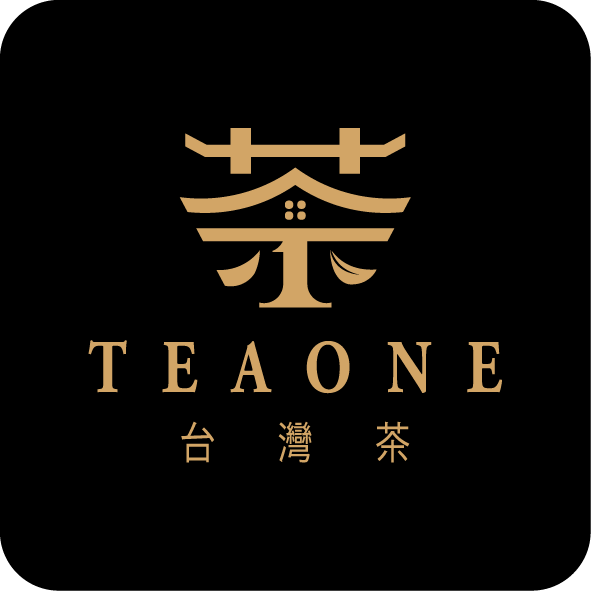
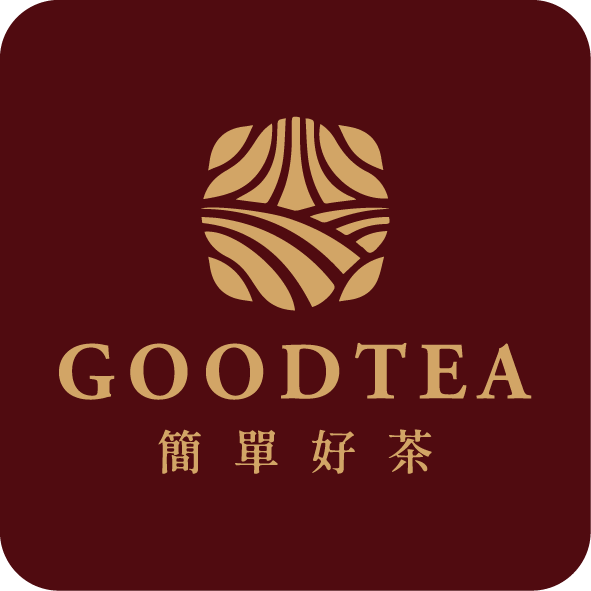
Leave a reply